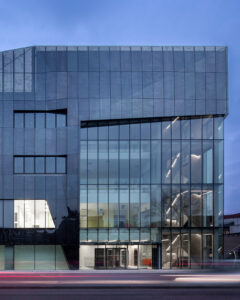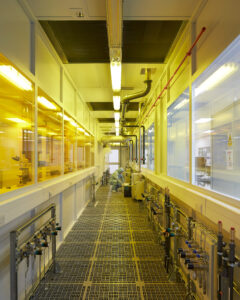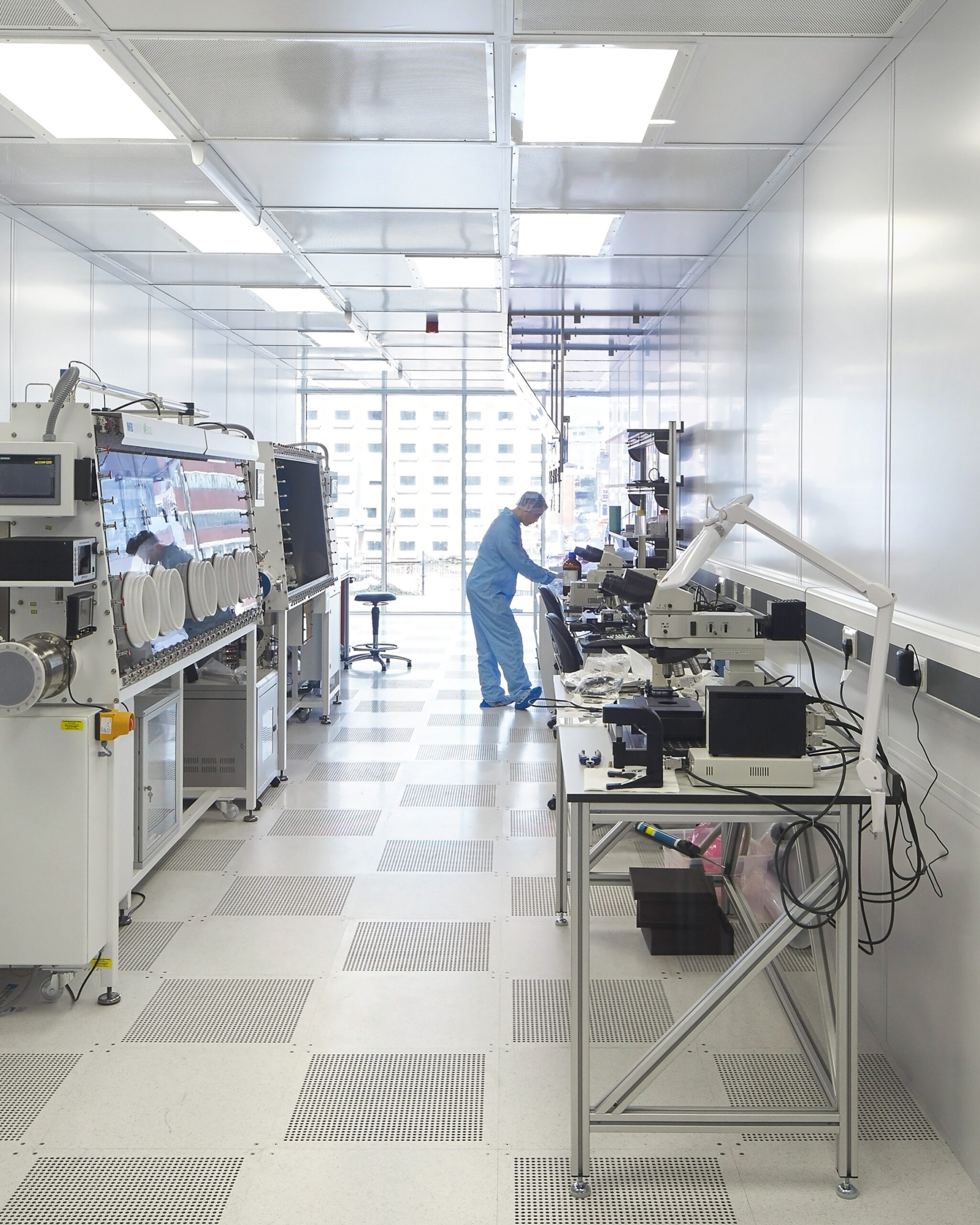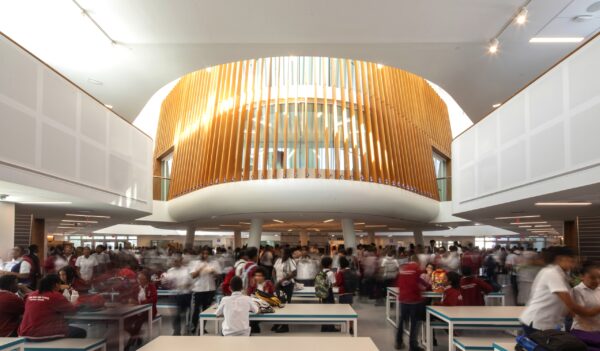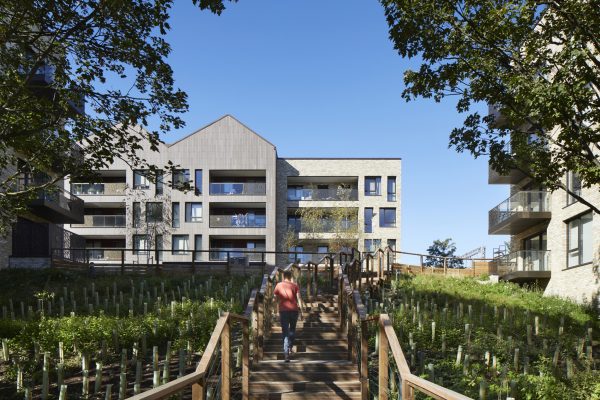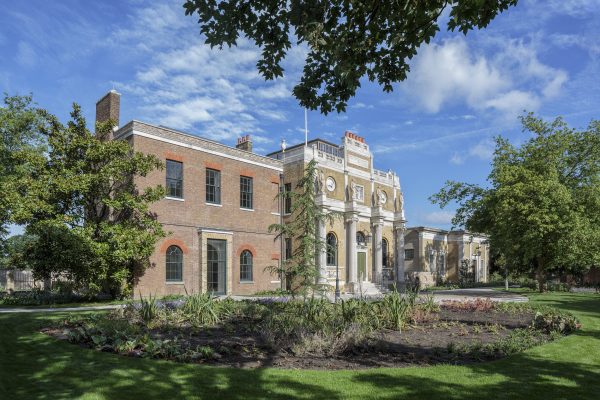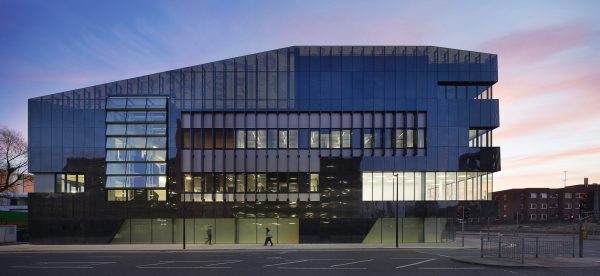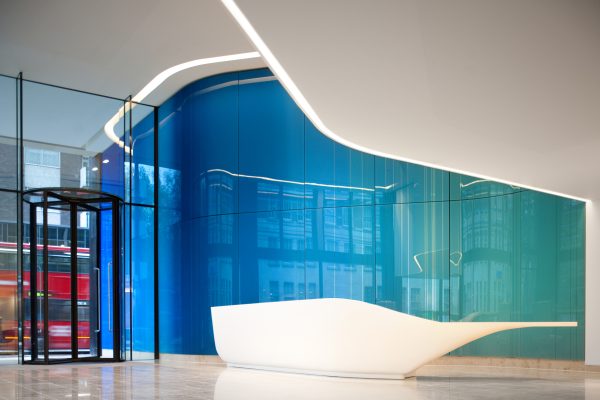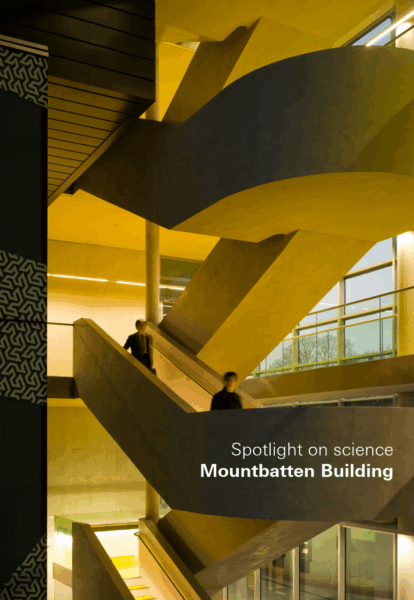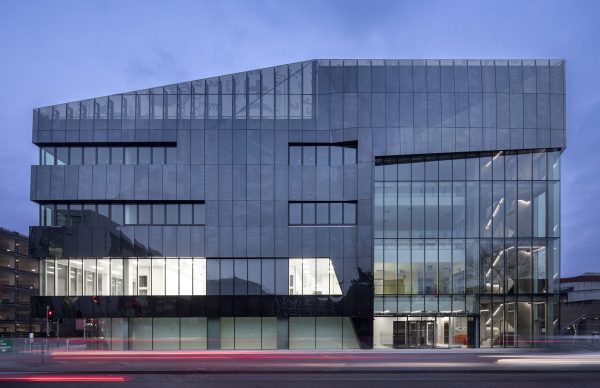Spotlight on science: National Graphene Institute
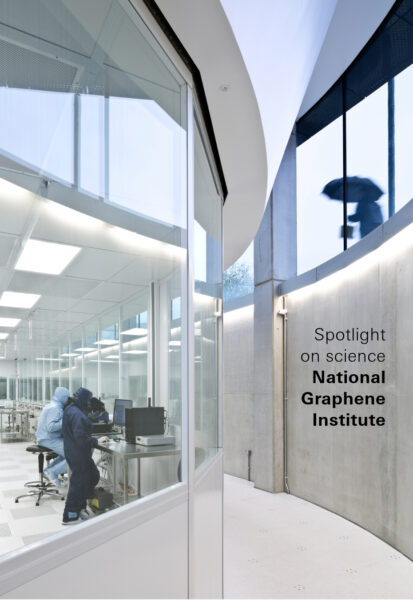
As we look ahead to next month’s opening of the Ray Dolby Centre, the new home for the Cavendish Laboratory at the University of Cambridge, we’re revisiting some of our previous work in the science sector. The National Graphene Institute, now in its tenth year of operation, continues to push the boundaries of material science.
At the University of Manchester in 2004, Kostya Novoselov and Andre Geim made a major scientific breakthrough when they became the first physicists to isolate graphene, a nanomaterial heralded for its exceptionally high tensile strength, electrical conductivity and transparency. The two were jointly awarded the Nobel Prize for Physics in 2010. Working in collaboration with Novoselov, Jestico + Whiles designed a new centre for cutting-edge research into graphene, taking pride of place at the university that helped unlock the material’s potential.
Located in the university’s Science Quarter, the National Graphene Institute is housed in a compact 7,600 sqm structure. Arranged over five storeys, the building’s offices and labs are distributed across its five floors, encouraging interaction and exchange of ideas between disciplines.
To achieve the best vibration performance, the main cleanroom is located in the basement. The ceiling of the cleanroom is angled around its perimeter so that the scientists working inside are visible to the public peering in from the pavement above. This corridor, which doubles as a gallery space, allows visitors to observe activity in the controlled spaces without having to ‘gown up’.
The building also includes a second cleanroom, as well as laser, optical, metrology and chemical laboratories, along with offices and ancillary accommodation. The building’s design, marrying high-performance technical facilities with a spirit of openness and collaboration, would inform our approach to creating a new home for the Cavendish Laboratory in Cambridge.
In 2024, the NGI celebrated the 20th anniversary of graphene’s Nobel Prize-winning discovery. Now in its tenth year of operation, the institute remains at the forefront of nanoscience research in the UK, currently exploring green hydrogen technologies and next-generation batteries, and supercapacitors to support machine learning.
